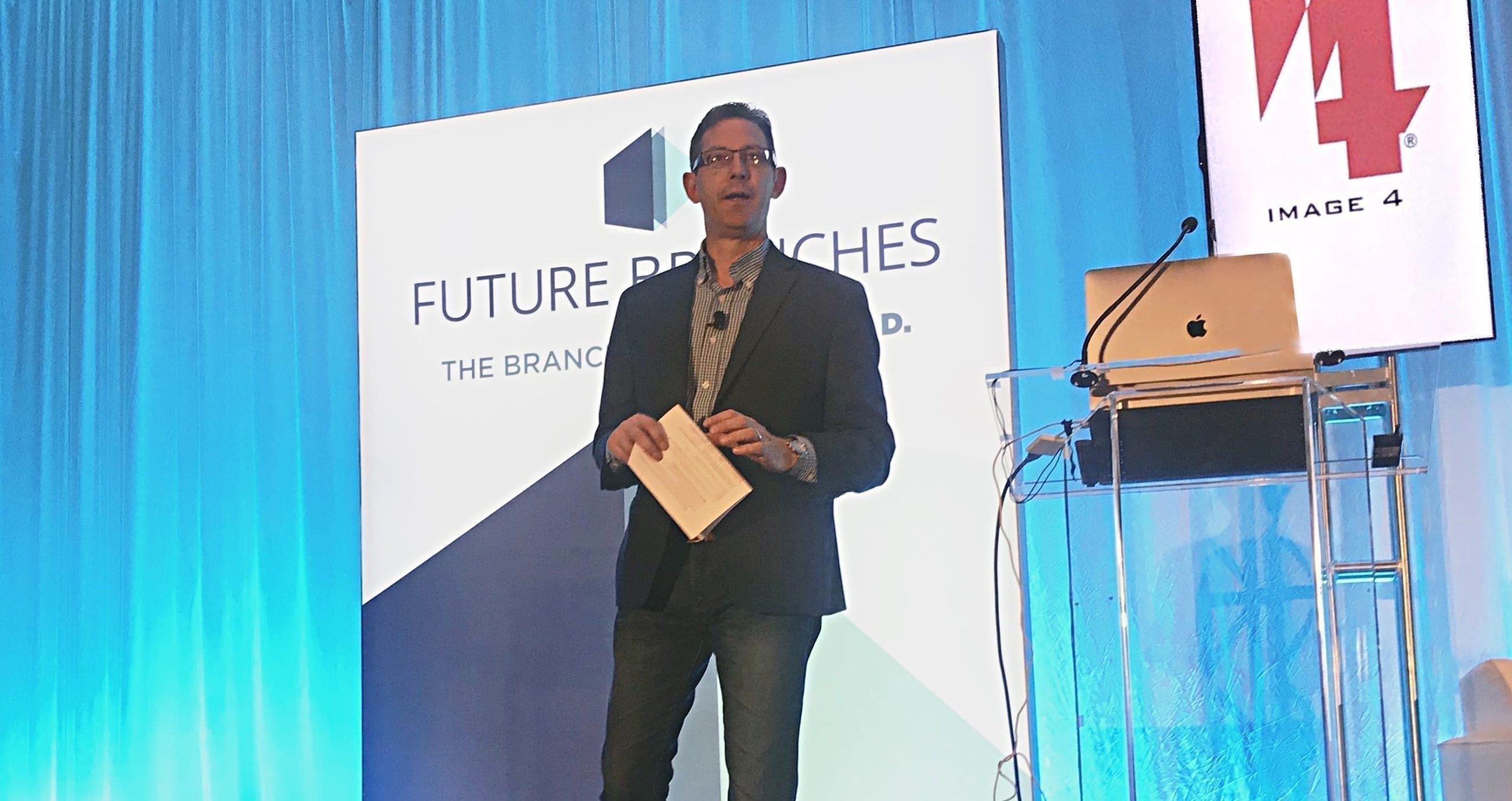I’ve talked with more than a few leaders who feel like trade shows are a catch-22. Attending and exhibiting is expensive, and the ROI doesn’t always seem to balance that. At the same time, the FOMO is real. Being absent from a big industry show seems like a risk that’s not worth taking.
How do you escape this catch-22? You need a strategy. Specifically, you need a strategy to make the trade show pay off. It’s easier said than done.
I’ve thought a lot about trade show strategy, and from my perspective, it comes down to how well you execute your booth design. That’s because you could have the best PR team in the world hyping up your booth and driving foot traffic toward it, but your PR team can’t help you if people aren’t drawn to what they see when they get there. Your product is crucial, of course—however, as Peter Thiel observes, the idea that “a great product will sell itself” is a harmful myth. You have a great product, but you need great packaging and presentation, too.
That’s where your booth comes into play—and becomes the star. Your booth is an opportunity to create an immersive 3D experience of your brand and allow prospective customers to interact in a meaningful way with your salespeople. Product demos are wonderful, but it’s even better when people can experience your product surrounded by your brand’s story, vision, and style.
A really excellent booth makes your brand into a place where people want to spend their time. This amplifies any positive emotions they’re feeling, so they associate those strong, positive feelings with your product.
The only way to accomplish this reliably is to go big.
By “go big,” I mean to make use of exhibits that are 30×30, 40×40 or larger. Assets should be coordinated, so they play off each other and saturate the visitor’s field of view with a stunning, creative concept. This is how you engage customers effectively. It’s also how you can entice the fly-by journalists looking for eye candy to post on their distribution channels (I call that “free promotion”).
Okay, you might be thinking, but what if I don’t have the resources to reserve a big booth?
In my experience, it’s a fatal mistake to outfit a small booth with small assets. Big imagery takes up more space in front of people’s eyes, and it makes your booth harder to forget. So, I argue that for smaller booths, going big is even more important. That’s how you can position yourself to deliver an immersive experience at a trade show.
Category: Events/Exhibits, Financial Services, Retail, Workplace

